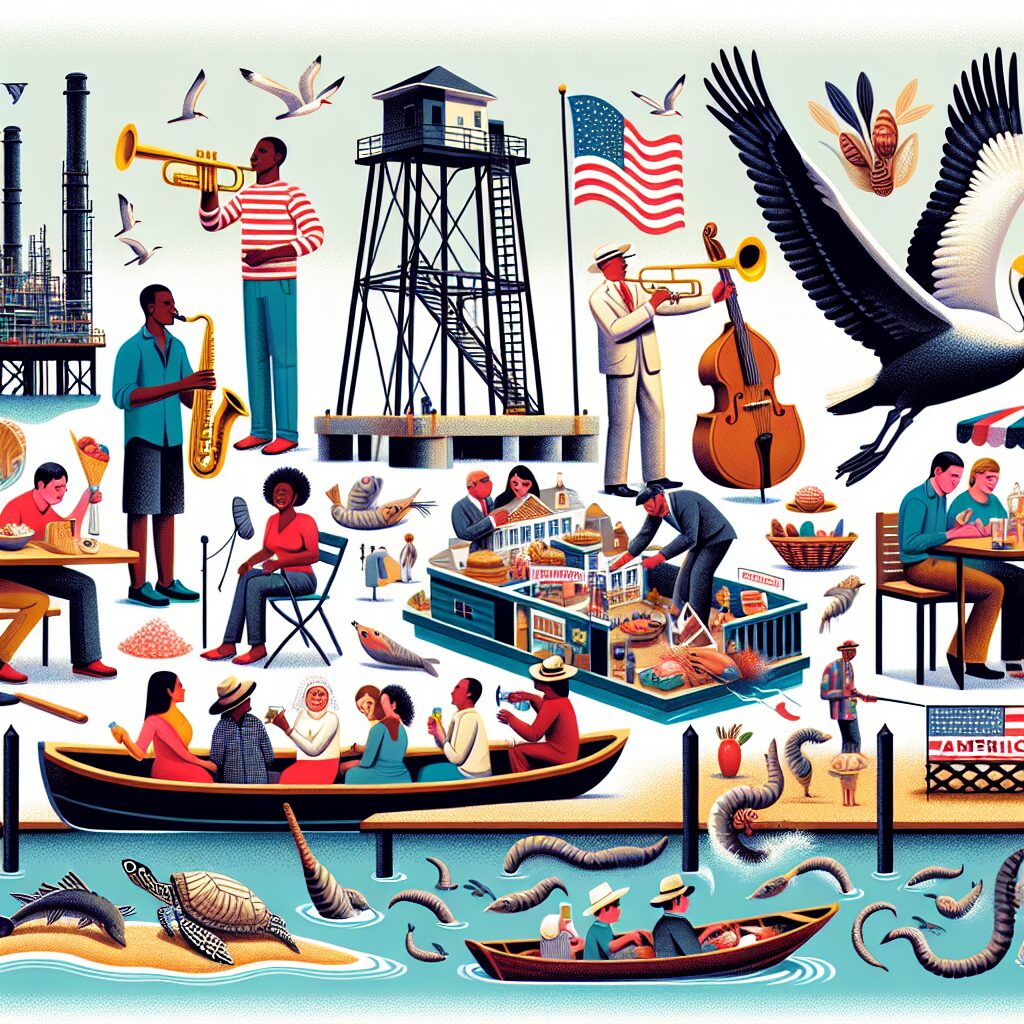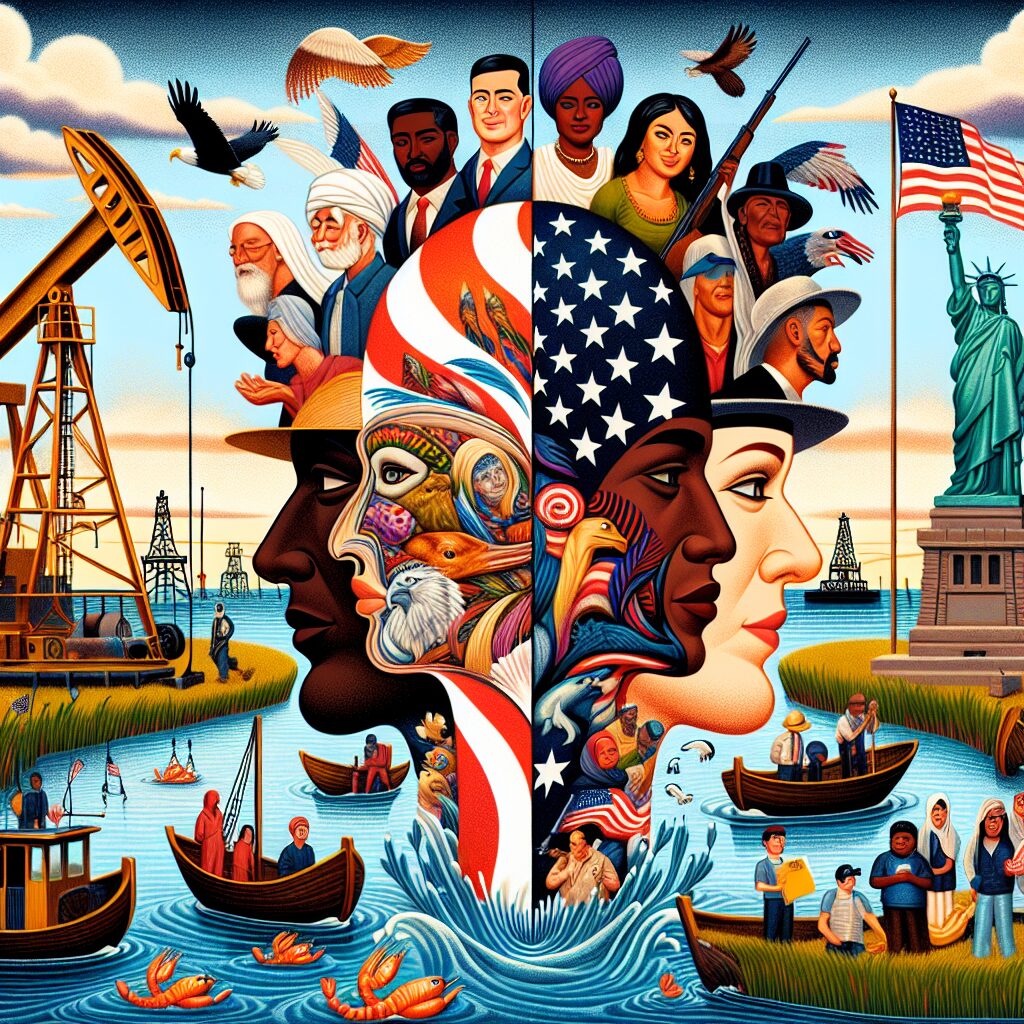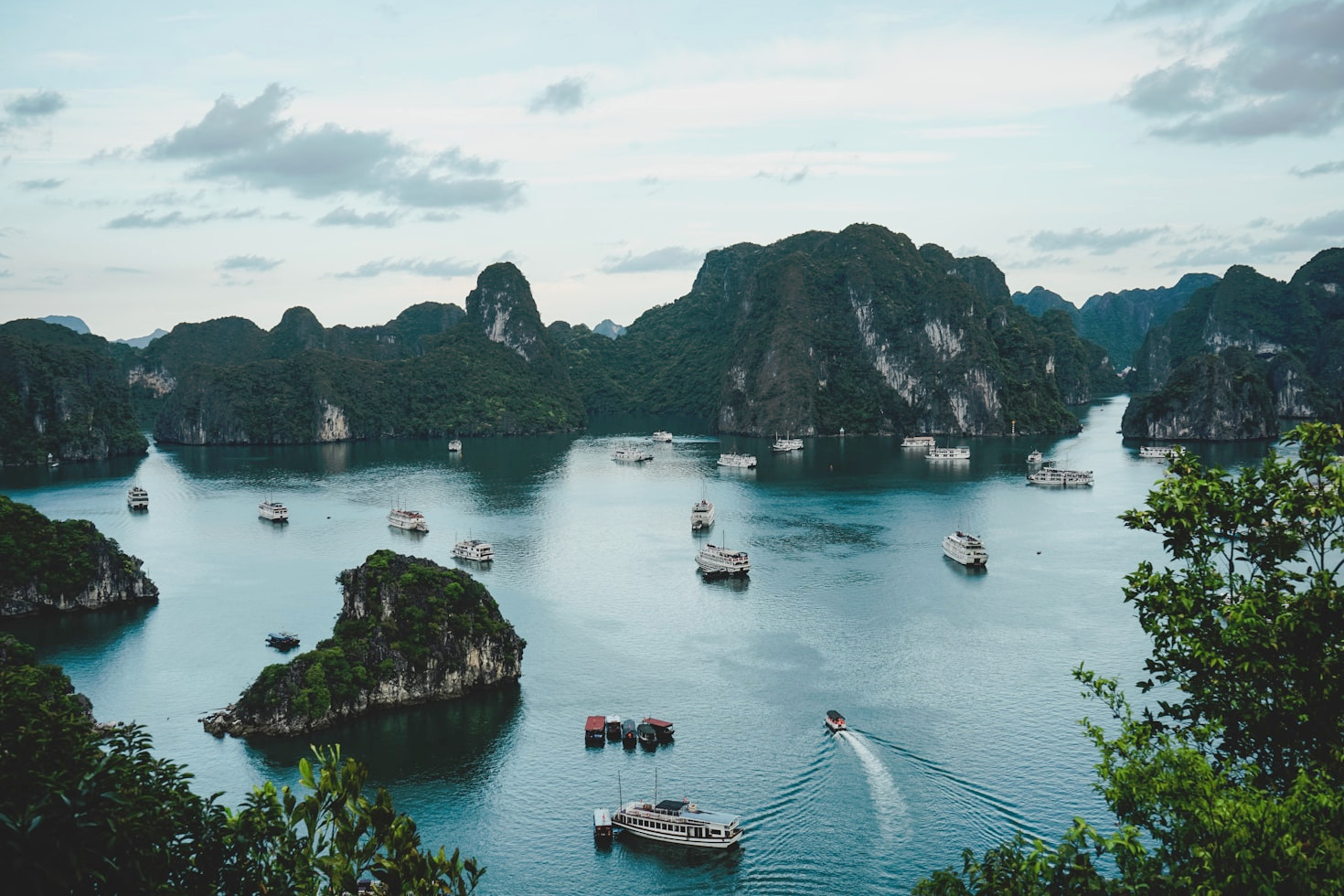

How the Gulf Shapes American Culture and Identity
The Gulf of Mexico is more than just a geographical feature—it is a cultural powerhouse that has profoundly influenced the identity of the United States. From its sparkling waters to its bustling ports, the Gulf region serves as a melting pot where history, traditions, and innovation converge. Let’s dive into how this rich and diverse region shapes American culture and identity.
A Crossroads of Cultures
The Gulf Coast has long been a meeting point for different cultures. From the Native American tribes who first inhabited the region to the Spanish, French, and later Anglo settlers, the Gulf represents a rich tapestry of cultural influences. Cities like New Orleans, with its French Creole and Spanish colonial roots, exemplify this unique blend. The result is a region that thrives on diversity, with traditions like Mardi Gras, zydeco music, and Cajun cuisine becoming synonymous with American culture.
Music and Art That Define a Nation
The Gulf has played a pivotal role in shaping American music and art. Jazz, blues, and country music—genres that have become international symbols of American creativity—all have deep roots in the Gulf region. New Orleans is often referred to as the birthplace of jazz, while the Mississippi Delta is hailed as the cradle of the blues. These art forms, born from the struggles and triumphs of the region’s people, continue to resonate across the world.
A Culinary Treasure Trove
If there’s one thing that unites the Gulf Coast, it’s food. The Gulf’s seafood-rich waters have inspired a culinary tradition like no other. Dishes like gumbo, jambalaya, and fresh Gulf shrimp are not just meals; they are cultural artifacts that tell the story of the region’s history and its people. The fusion of African, Native American, French, and Spanish influences has created a cuisine that is as diverse as it is delicious.
A Hub of Economic and Environmental Influence
The Gulf isn’t just a cultural landmark—it’s an economic engine. With its thriving fishing industry, oil and gas production, and bustling ports, the Gulf plays a critical role in America’s economy. However, it is also a region deeply connected to nature, with its breathtaking coastlines and unique ecosystems like the wetlands of Louisiana. These natural wonders have inspired countless artists, writers, and conservationists, reminding us of the delicate balance between progress and preservation.
Resilience in the Face of Adversity
The Gulf region has faced its fair share of challenges, from hurricanes to oil spills. Yet, the resilience of its people is a cornerstone of its identity. The way communities come together to rebuild and recover is a testament to the strength and spirit of the Gulf Coast. This resilience has become a defining characteristic of the American identity as a whole, serving as a reminder of the power of unity and determination.
Conclusion
The Gulf of Mexico is more than just a body of water; it is a lifeblood of American culture and identity. Its influence is seen in the food we eat, the music we listen to, and the stories we tell. By celebrating the Gulf and its contributions, we not only honor the region’s unique heritage but also recognize its integral role in shaping who we are as a nation. The Gulf Coast is a reminder that America’s strength lies in its diversity, resilience, and shared history.

Leave a Reply